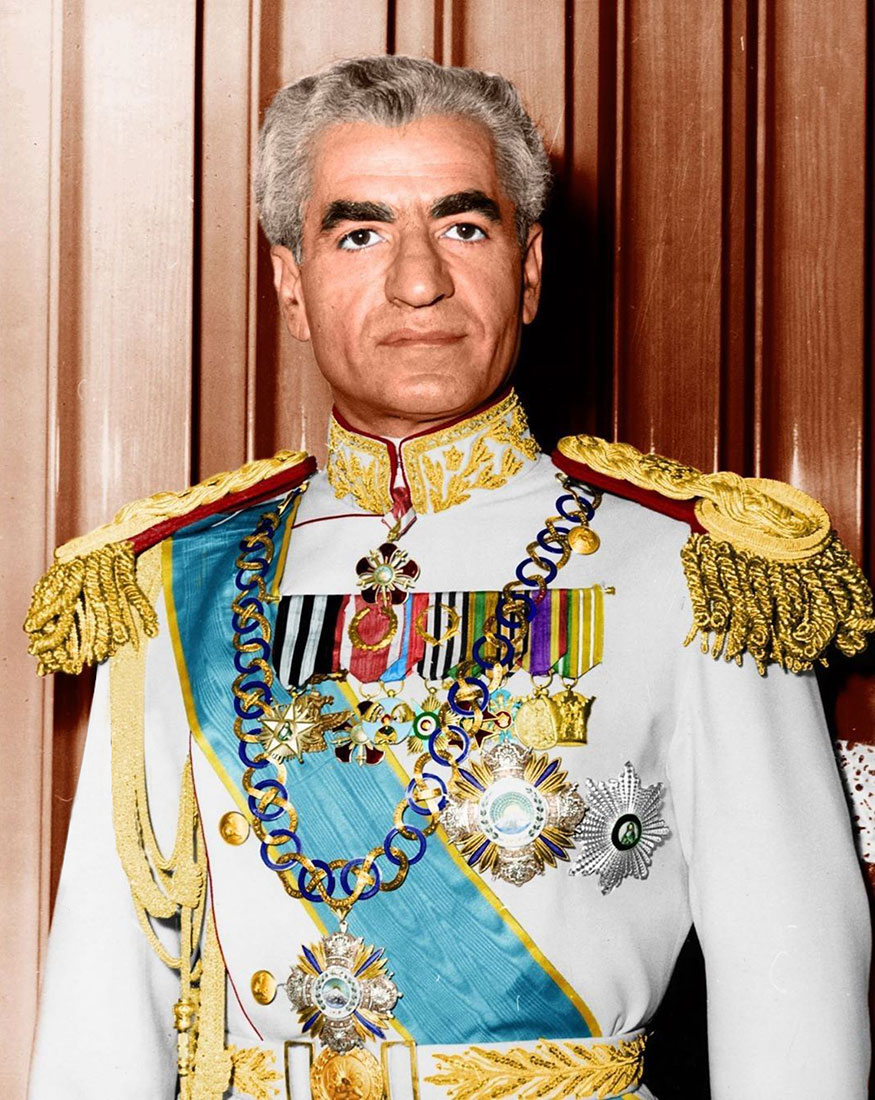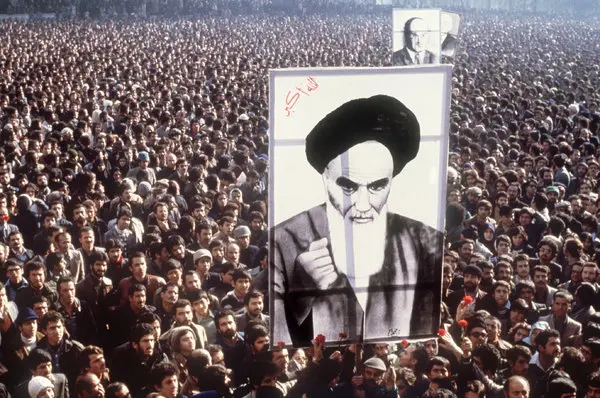In 1952, Mohammed Mosaddegh was elected to the office of Prime Minister of Iran by the Iranian People. An openly socialist leader, he increased social security, mandated higher taxes and enacted mass land reforms. The most famous of his policies was to nationalise Iranian Oil. These oil fields were initially owned by the British in Persian land, through the private Anglo-Persian Oil Company. This meant that the fields were now under state ownership, posing a problem to British and American oil interests in the region. On August 19th, 1953, the MI6 and CIA backed a coup in Iran, overthrowing the democratically elected Mosaddegh and centralising power under the absolute monarchy of Mohammad Reza Pahlavi, who had been the Shah of Iran in a constitutional standing since the end of the Second World War.

The kings had been absolute rulers of Iran for millennia before a parliament was introduced in 1906. The rule of Reza Shah Pahlavi, the father of Mohammad Reza Pahlavi, was widespread with oppression and suppression of minority groups. He was forced to abdicate in 1941 and Mohammad Reza Pahlavi took power. After the Second World War, Britain began to allow democracy to have more power in Iran. Once oil was nationalised under Mosaddegh, who was backed by an Iranian Communist party, the coup was orchestrated and democracy died.
Between 1963 and 1975, the Shah was considered to be quite a decent ruler. He reorganised the oil industry, which went from producing $555 million in 1964 to $20 billion by 1976. Much of this money was re-invested into infrastructure and education. The population grew, infant mortality fell and a professional middle class was beginning to develop. However, the problem was these reforms were coming fast and hard. Many universities pumped out graduates quicker than jobs could be made, especially prevalent in the capital city of Tehran, where this effect was most dire. After 1975, the Shah ruled with absolute autocratic power. Many political prisoners were tortured and arrested by a brutal secret police known as the SAVAK. He abolished all political parties, replacing them with the pro-Monarchy, Conservative Liberal Resurgence party.
Many of the positive reforms, however, were largely opposed by Ruhollah Khomeini, a Shia Cleric from Qom. He mainly complained that the reforms would give women too many rights, including the right to vote, as well as saying that the government neglected the poor and was strongly opposed to the sale of Iranian Oil to Israel. Khomeini believed that a king was inherently un-Islamic and that he must be deposed. Due to his opposition, he was exiled to Türkiye in 1964. Iran was a powder keg of economic inequality and vast oppression. All it needed was a match.

On January 7th, 1978, an Iranian Newspaper published an article that was highly critical of Khomeini. Small demonstrations began to break out across the country. However, these grew once the army began to fire on protestors. Once more protestors arrived, the army would once again crack down and the cycle would continue. Many had also grown discontent with the West’s influence in Iranian life and society.
American lifestyles had come to be imposed as an ideal, the ultimate goal. Americanism was the model. American popular culture – books, magazines, film – had swept over our country like a flood…We found ourselves wondering ‘Is there any room for our own culture?
A woman interviewed by Michael Axworthy
A confused Shah had no idea why the people were protesting him, suspecting them to either be Communists or controlled by the British. Despite his attempts to appease the people, he was forced to flee to the United States on January 16th, leading to a break down of diplomatic relations between Iran and the United States from then on. Many say that these initial protests were not about fundamental Islam, however, but with a discontent with a decreased standard of living. In the second phase of the revolution, Khomeini moved to establish an Islamic Republic, which involved extreme anti-American fever and the taking of hostages inside the US Embassy in Iran.
Since the revolution, Iran has become a fundamentalist Islamist dictatorship, with the people’s vote in parliament and President ultimately being worthless, when all parliamentary legislation can be superseded by God, embodied by the Supreme Ruler, who, from 1979 until his death, was Khomeini. To ensure the support of an Islamic Republic in Iran, the Islamic Revolutionary guards and Hezbollah were created in order to ensure there would be no counter coup. Sharia law was strictly enforced, with those who disobeyed receiving harsh punishments. By at least October of 1979, several hundred people had already been executed. Everything was owned by the state, including the media, who always bowed down to the Supreme Leader. Repression is still rife in Iran, perhaps even more than it was under the Shah, especially in relation to women’s rights, which have been highly supressed.
